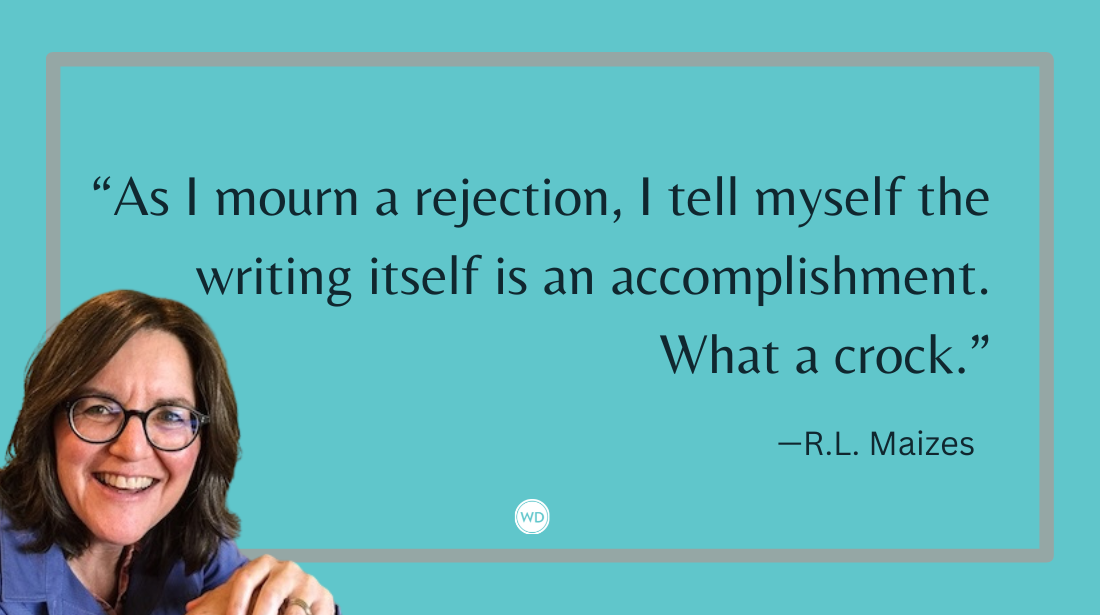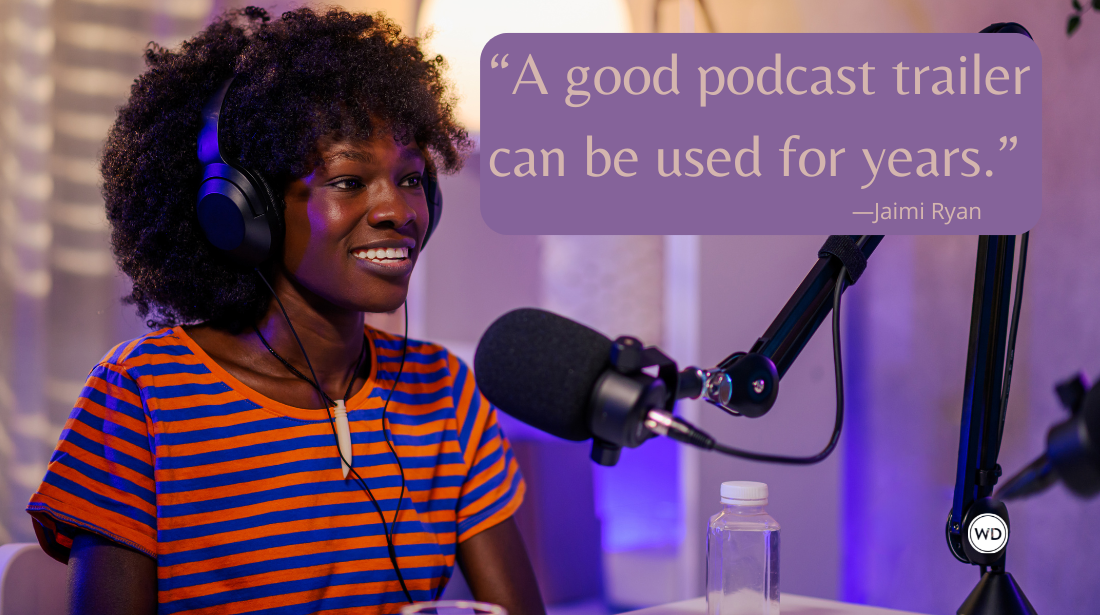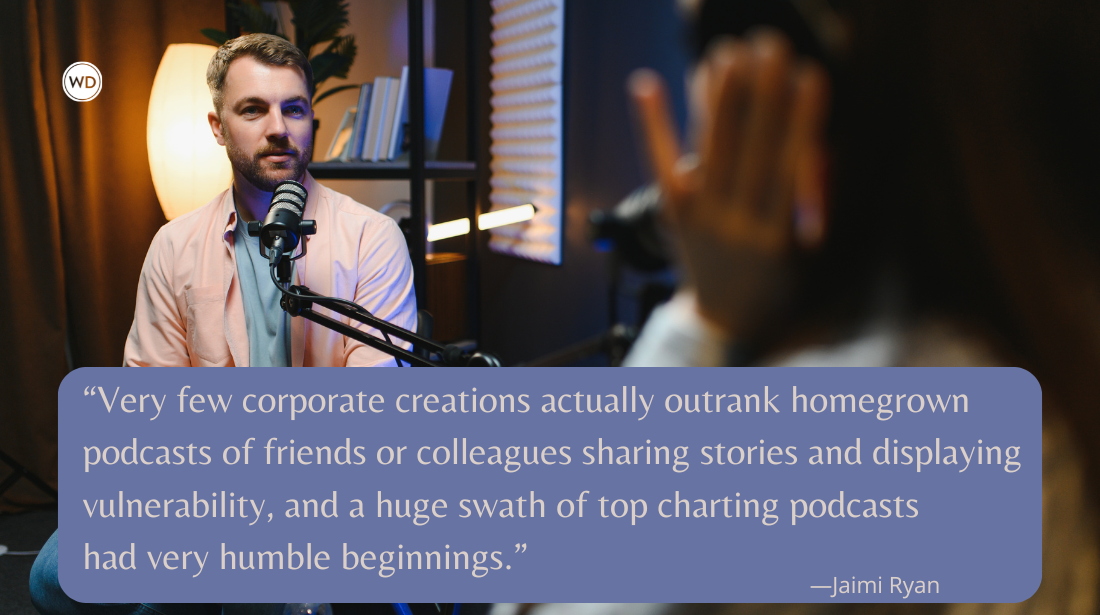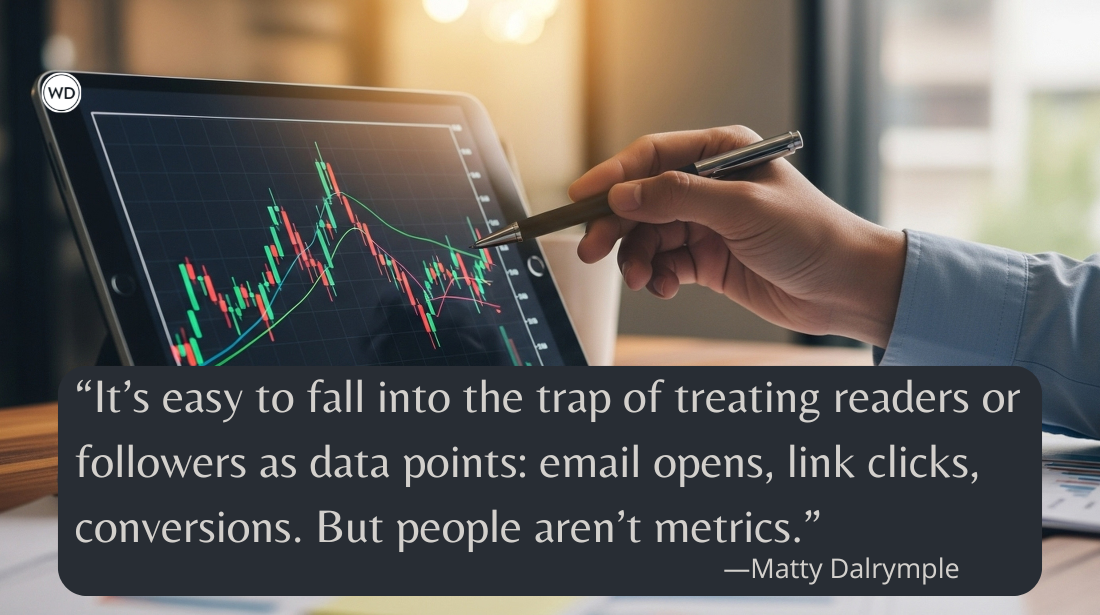How Author Kellye Garrett Turned Hollywood War Stories into a Guerilla Book Marketing Tactic
In a crowded market, debut authors must find creative ways to connect with readers—leading Hollywood veteran Kellye Garrett to adopt a unique guerilla book marketing strategy that leveraged the story behind her story.
In a crowded market, debut authors must find creative ways to connect with readers—leading Hollywood veteran Kellye Garrett to adopt a unique guerilla book marketing strategy that leveraged the story behind her story.
PHOTO © GETTY IMAGES: DANBRECKWOLDT
As a debut author, it’s easy to feel like you’re by yourself in the middle of the Pacific Ocean, yelling “Over here!” while waving your book over your head. It’s such a quandary: You want someone besides your mother, best friend and significant other to buy your book—but how do you get people to know it even exists? And when you do find readers, how do you cultivate some sort of intimate relationship with them?
For even the most successful scribes, it can take years (and several books) for readers to feel like they have a real sense of the author. As a debut, it’s easy to feel as if you don’t have that sort of time. Of course, we all know and love the standard ways to publicize: interviews, in-person appearances, blog posts. And, of course, the social media trifecta of Twitter, Instagram and Facebook. Those venues are tried-and-true for a reason.
Personally, I’ve done them all, with varying degrees of success. My first novel, Hollywood Homicide, is a light, funny mystery about a semi-famous, mega-broke black actress who drives past a hit-and-run. After the LAPD offers a reward for information on the crime, she decides to investigate in order to save her parents’ home from foreclosure.
Although this was my first novel, I’d spent eight years prior actually working in Hollywood. Many of the situations and characters throughout the book are based on people I knew and things I either experienced myself or heard about from someone else. Readers seemed to especially enjoy hearing my Hollywood “war stories” and surreal encounters. That prompted me to start sharing more and more of them as I amped up for the novel’s release. About a week or two before the book came out, I was jokingly lamenting to a friend about having an extra Advanced Reader Copy (ARC) that I didn’t know what to do with. Her suggestion: Annotate it with those stories for a special giveaway. The idea was brilliant, and I started right away ... but there was a problem—I have literally the worst handwriting on Earth.
So instead of writing them out by hand, I put an annotated guide on my blog for any readers who stumbled upon my website. Though I knew I probably wouldn’t have time to do the entire book—and I didn’t—I hoped that annotating the first act would be enticing enough for those reading it to continue, or even entice potential readers to consider picking up a copy.
The goal was to include information someone could casually drop into conversation when discussing my book—a sort of guerilla marketing tactic. Of course, there were certain things to consider.
[Online Course — Advanced Blogging with Naveed Saleh]
SETTING IT UP
When annotating a physical copy, it’s easy to just highlight a passage and jot down a quick note in the margin. But the blog necessitated a different format. I settled on calling things out by page number, as in these examples:
PAGE 3: This bit of dialogue: “I’m a six. If it was really, really, really, really, really stretchy.”
ANNOTATION: When I was at Vibe, a certain A-list diva’s stylist used the “if it’s stretchy” line when discussing clothing options for a cover. I knew I had to use that somewhere.
PAGE 42: The description of Emme’s necklace.
ANNOTATION: I got this idea from my mom. She “repurposed” a few of her favorite pieces of jewelry into newand- improved necklaces.
HANDLING SPOILERS
As a mystery writer, the spoiler is my mortal enemy. But it’s impossible to talk about a book without actually describing what’s going on in the plot. My solution was to preface annotations with spoiler alerts. I also made a point to give a second warning before sharing anything significant, like in this example:
CHAPTER 10, PAGE 92: This contains semi-spoilers: “Emme stopped her constant movement to look at me. ‘You’re sitting outside the house of a murderer. WTF?’
“When she put it that way. I immediately got defensive. ‘It’s just a hit-and-run. It’s not like he’s a serial killer targeting broke black chicks trying any crazy way to get money.’”
ANNOTATION: Like with most amateurdetective main characters, Day puts herself in a lot of dangerous situations. So it was really important to me that someone point this out to her. This is the first of many lectures from her friends.
CHOOSING WHAT TO SHARE
Like with all things in life, I was afraid of oversharing. Also, I didn’t want anyone to feel like the annotations were another novel unto themselves. Thus I homed in on 15 tidbits that hit four main topics:
1. The Path to Publication
TITLE-PAGE ANNOTATION:Hollywood Homicide wasn’t my original title, but my third. It started off as IOU. My agent suggested we change it. A friend came up with using “Day” (my protagonist’s name) in the title. The second idea was Pay Day, however, my publisher changed it again to give a better sense of the world of the book. The “Day” theme instead lives on through the series title: Detective by Day.
2. Personal Anecdotes
PAGE 83: Day’s “Tip-Line Identification Number”: 1018
ANNOTATION: October 18 is actually my birthday. I chose to use that number because I knew I could easily remember it.
3. True Hollywood Stories
PAGE 59: This line: “So if you wanted to get up close to your favorite celeb, you just needed to buy a ticket to another movie and kind of hang out in the lobby or right outside until said celeb got tired of smiling for the camera.”
ANNOTATION: My friends and I were going to see a movie at the ArcLight and we happened to be there at the same time as the Step Up premiere. We sat outside and watched Channing Tatum, Queen Latifah and a few others walk by us after they finished working the red carpet. No one stopped us, either.
4. Fun Facts
PAGE 81: Sienna’s description.
ANNOTATION: I’ve always pictured Sienna looking a bit like the actress Jessica Szohr.
…
When it comes to creating a genuine connection with readers, it’s all about what works for you. In my case, the annotations provide a behind-the-scenes look into the making of Hollywood Homicide—the same inside glimpse a director’s commentary provides a film. Whatever creative method you pursue to forge that intimate relationship, don’t be afraid to try out different methods to see what sticks.
This article appears in the November/December 2018 issue of Writer's Digestmagazine. Subscribe today.









